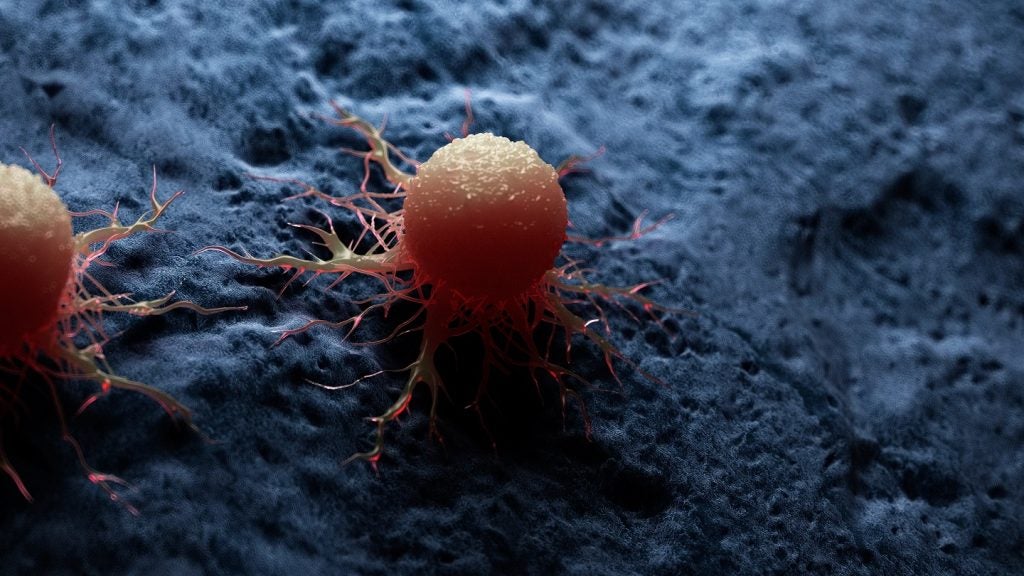Sarepta Therapeutics. has filed a patent for a method of expanding adherent cells for viral vector production. The process involves culturing cells in different vessels with varying growth mediums, ultimately leading to inoculation in a bioreactor. The method can be used for AAV vector production. GlobalData’s report on Sarepta Therapeutics gives a 360-degree view of the company including its patenting strategy. Buy the report here.
According to GlobalData’s company profile on Sarepta Therapeutics, siRNA gene silencing was a key innovation area identified from patents. Sarepta Therapeutics's grant share as of January 2024 was 39%. Grant share is based on the ratio of number of grants to total number of patents.
Method for expanding adherent cells for viral vector production
See Also:
A patent application (Publication Number: US20240018487A1) describes a method for cell expansion involving a series of steps. The method includes culturing cells in a growth medium with serum in a specific container, transferring the cells to a second medium without serum or with lower serum concentration in another container, culturing the cells under suspension conditions, and finally inoculating the cells with a third medium in a bioreactor. The method is particularly suitable for adherent cells and can involve multiple passages before reaching the final step in the bioreactor. The process aims to expand cells without altering their genetic makeup or adherence properties, with potential applications in producing viral vectors.
The patent application outlines a detailed method for seed-train expansion of adherent cells, emphasizing the importance of maintaining cell adherence and genetic stability throughout the expansion process. The method involves specific container configurations, suspension culturing, and inoculation in a bioreactor to produce a viral vector. The process includes steps for transfecting cells with polynucleotide sequences encoding viral particles, ultimately leading to the production of recombinant viruses like AAV. The method also allows for variations in serum concentration in different mediums and the use of factors promoting cell adherence in the bioreactor. This innovative approach offers a controlled and efficient way to expand cells for various applications, particularly in the production of viral vectors for gene therapy and other biomedical purposes.
To know more about GlobalData’s detailed insights on Sarepta Therapeutics, buy the report here.
Premium Insights
From

The gold standard of business intelligence.
Blending expert knowledge with cutting-edge technology, GlobalData’s unrivalled proprietary data will enable you to decode what’s happening in your market. You can make better informed decisions and gain a future-proof advantage over your competitors.






